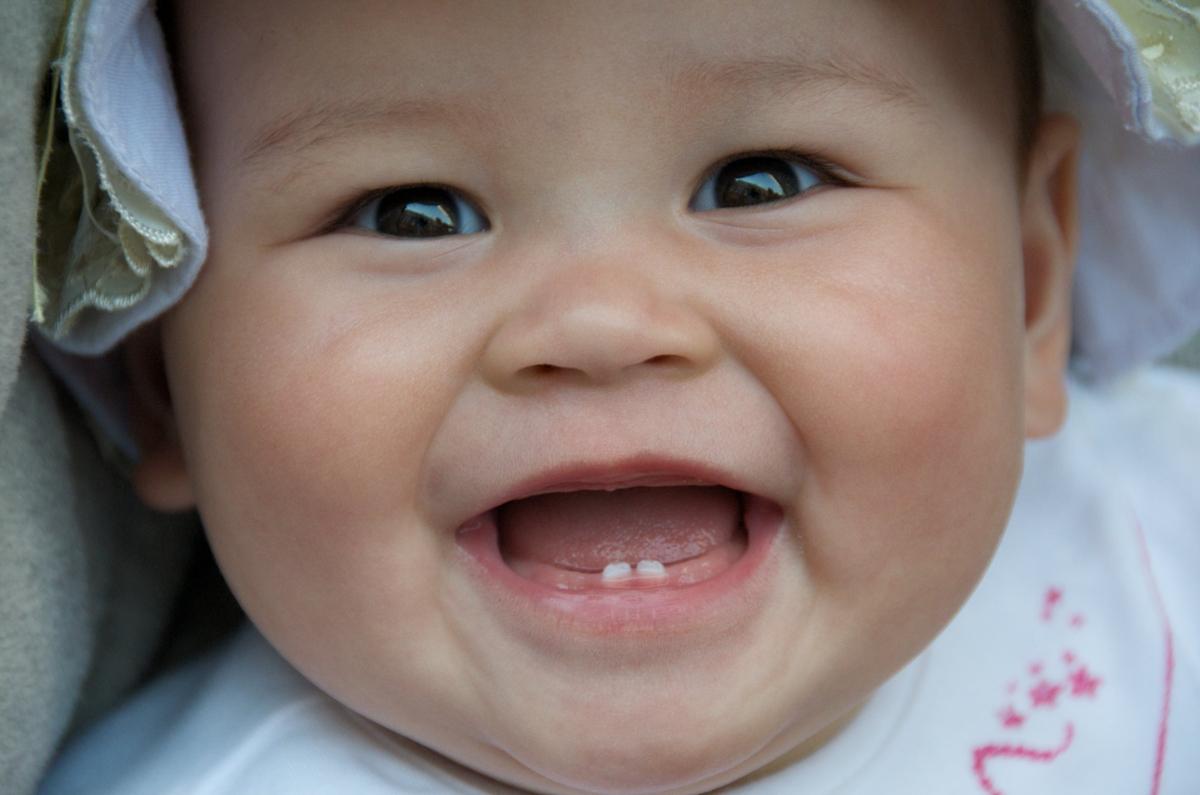Curiosity killed the cat, but there’s no indication that it has the same effect on humans. Curiosity in babies helps them learn about the world and might even predict future cognitive abilities. That’s why scientists wanted to know whether moments of curiosity that babies exhibit are random variations, or whether they indicate a characteristic of the particular baby that carries into their later years.
A common method for studying infant cognition is showing a baby a normal object that acts in an unexpected, or “magical,” way, such as a ball hovering in midair or passing through a wall. A team of researchers noted that some babies stare at the magical objects a long time, while others just glance at them and look away.
Researchers weren’t sure whether the variability was due to babies getting distracted or hungry, or whether it indicated particular babies reacting to the world with differing levels of curiosity. They decided to track the reactions of 65 babies to magical objects over time. They found that the babies who looked at the magical objects a long time at 11 months of age were the same babies who stared at them a long time at 17 months, while the same babies who were uninterested at 11 months largely remained uninterested at 17 months. At age three, the babies who had reacted with the most curiosity were the ones most likely to be rated by their parents as information-seeking and problem-solving.
Scientists still want to find out how long this pattern continues, and what outcomes early curiosity has on the children’s futures. The kids are probably curious as well.









